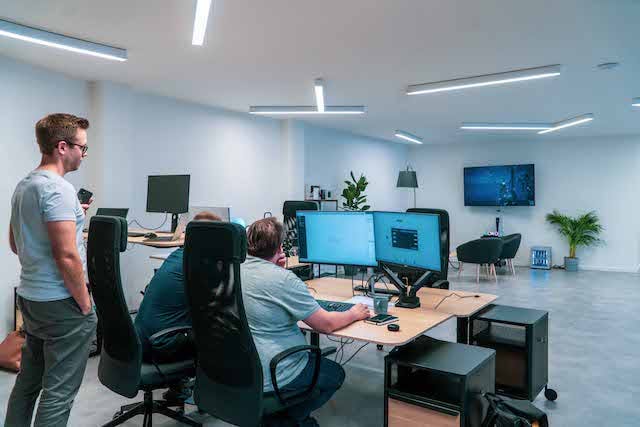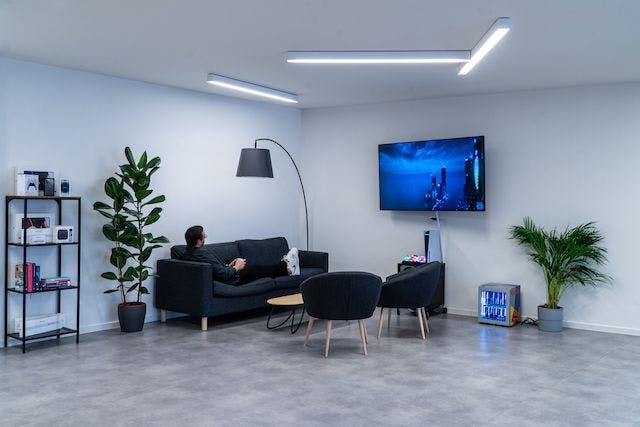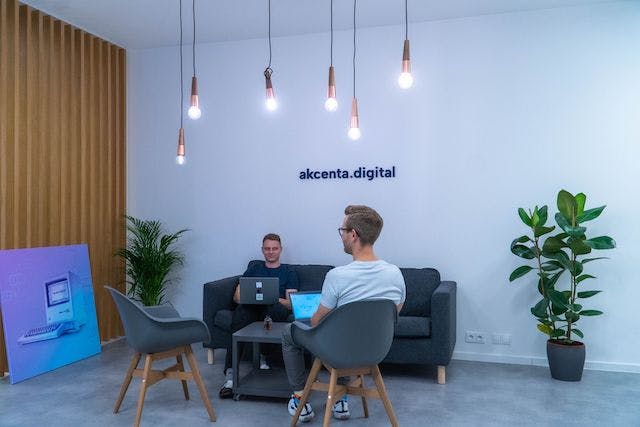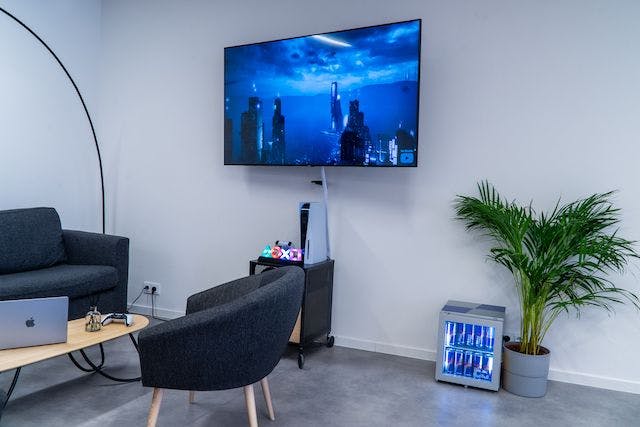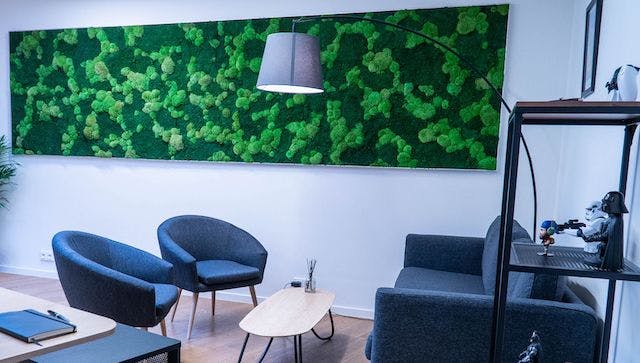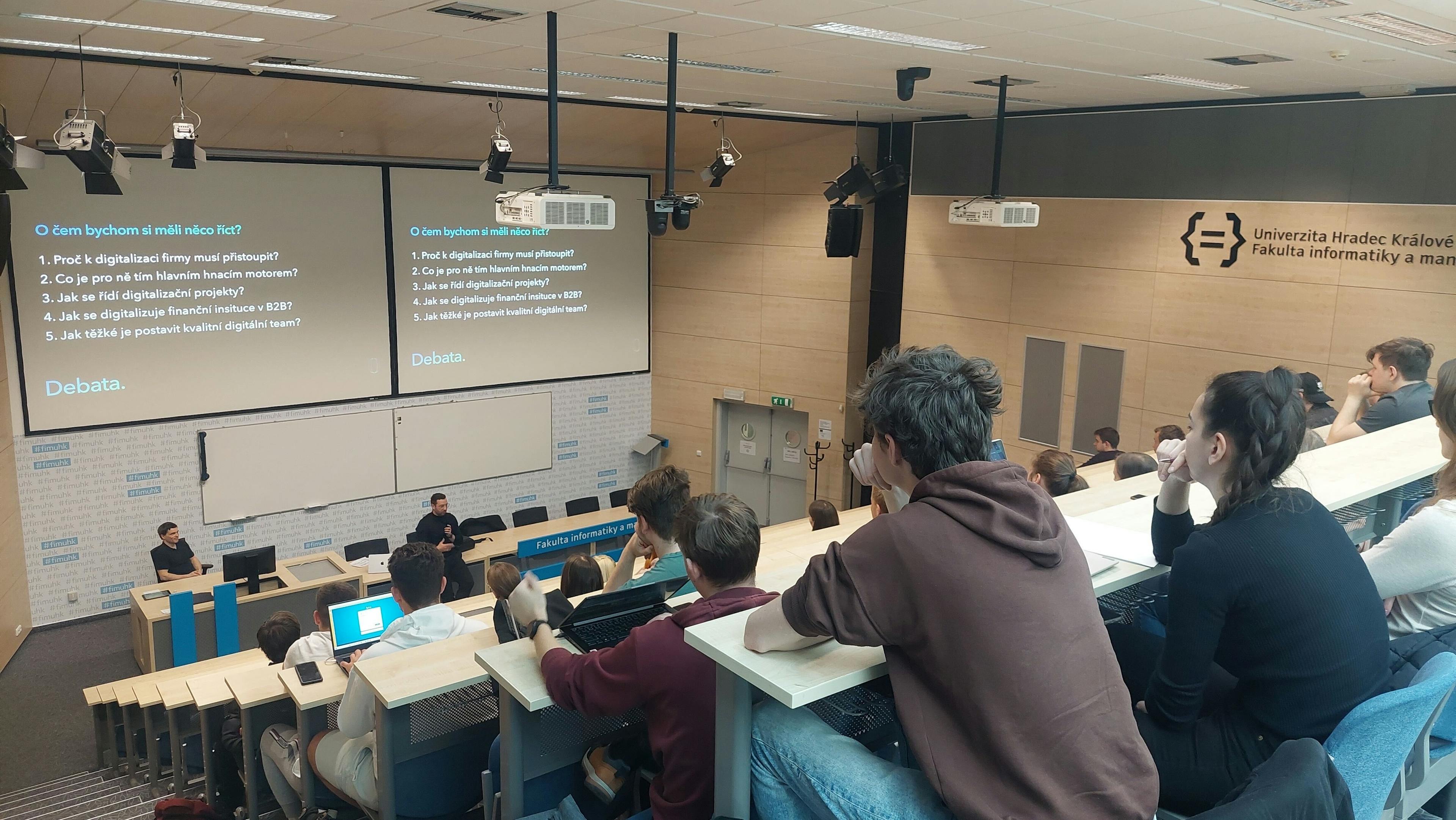How to start from scratch to build your own solution.

Certainly! At our company, we were once heavily reliant on external vendors for our technology infrastructure. We found that this reliance on third-party services was limiting our flexibility and hindering our ability to quickly respond to market changes. We also experienced issues with vendor lock-in, where we were locked into specific systems and services that were difficult to switch away from.
Challenges of Vendor lock-in
In today's digital age, companies are increasingly turning to technology to improve their operations and enhance their competitive advantage. However, many companies find themselves dependent on external vendors for critical systems and services, leading to vendor lock-in and other challenges. At a certain stage, it may seem like the most convenient option, but eventually, problems arise that can significantly impact the business. To avoid these issues, some companies decide to take control of their technology stack and digital infrastructure by building their own technology dev stack. This move provides several benefits, including greater flexibility, increased efficiency, and reduced dependence on external vendors.
Time for a change
When a company builds its own technology dev stack, it can customise the technology to meet its specific needs and requirements. This flexibility allows the company to adapt quickly to changing market conditions and respond to customer needs in real-time. Additionally, building a custom dev stack can help reduce costs by eliminating the need for expensive third-party licences and ongoing support fees. Another advantage of building your own technology dev stack is increased efficiency. By creating a streamlined development process that is tailored to your organisation's unique needs, you can reduce the time and resources required to bring new products and services to market. This increased efficiency can help your company stay ahead of the competition and improve your bottom line. Finally, building your own technology dev stack reduces your company's dependence on external vendors. This can help mitigate the risks associated with vendor lock-in and give your organisation greater control over its technology assets. With a customised technology stack, you can make changes and upgrades as needed without relying on external vendors. Of course, building your own technology dev stack requires a significant investment of time, money, and resources. However, for growing companies that want to stay competitive and maintain control over their technology infrastructure, this investment can pay off in the long run.
Yummy frontends technologies
Why did we decide to use Next.js, Vercel, Tailwind CSS, AWS and other technologies for our frontends?
Next.js
Next.js is a popular React framework that provides many benefits for building web applications, including server-side rendering, automatic code splitting, and fast performance out of the box. We chose Next.js because it allowed us to create high-quality web applications quickly and efficiently.
Vercel
Vercel is a cloud platform for deploying web applications, which offers an easy-to-use interface and a fast and reliable hosting solution. We chose Vercel because it seamlessly integrates with Next.js and provides an excellent platform for deploying and scaling our applications.
AWS
AWS provides a broad range of cloud computing services, including storage, databases, and analytics, which we use to power our applications. We chose AWS because it provides a reliable and scalable infrastructure for our applications.
Tailwind
Tailwind CSS is a utility-first CSS framework that allows us to quickly and easily create custom styles for our applications without writing a lot of CSS code. We chose Tailwind CSS because it saves us time and helps us create consistent and cohesive designs across our applications.
In conclusion, we chose this stack for our frontends because these technologies provide a powerful and efficient solution for building, deploying, and testing robust web applications, which helps us deliver value to our customers.
Hassle-free backend
Microservices architecture does not need an introduction. It is so popular in recent years, hardly any backend developer needs to ask google or AI what it means.
The modern idea is much simpler - automate everything. And with high quality DevOps engineers, it is surely possible to automate almost anything, so you can focus on writing the code.
Java? Perhaps!
We are building backend on Java. Why? When you add spring to the mix, it is arguably one of the fast ways to set up and run simple backend service with security, monitoring and many more features out-of-box. But not every service has to be written in Java! We can use the best tool for a job, as we are sticking with well-established communication methods.
Liquibase
Our go-to technology to keep our databases consistent. There can be as many as we wil need and we can count on Liquibase that everything will be running and deploying as smoothly as possible. And data are always the most valuable resource for any business.
Kubernetes
We are setting up our our kubernetes cluster. That gives us robust environment and allows us to automate everything, or migrate the whole application anywhere, if there is ever a need to.
There are many, many more technologies we are using on daily basis. Having strong, extensive backend, that will handle all the heavy lifting, without bringing needless complexity to external APIs, without becoming complex or closely coupled itself, is our top priority. And there are thousands of libraries, frameworks and even languages, that will help us along the way.
Conclusion
In conclusion, while outsourcing technology services to external vendors can be convenient, it can also lead to vendor lock-in and other challenges. To avoid these issues, some companies decide to take control of their digital infrastructure by building their own dev stack. This move provides several benefits, including greater flexibility, increased efficiency, and reduced dependence on external vendors. While it may require a significant investment upfront, building your own technology stack can pay off in the long run by improving your bottom line and giving you greater control over your technology assets.
What about us?
After careful consideration, we made the decision to build our own technology dev stack. This is a significant investment of time and resources, that we had to allocate for it.We are creating a technology package tailored to our needs, we are better able to react to the changes required and keep up with new technologies in the digital market, and we are constantly working to improve our efficiency and development processes.
